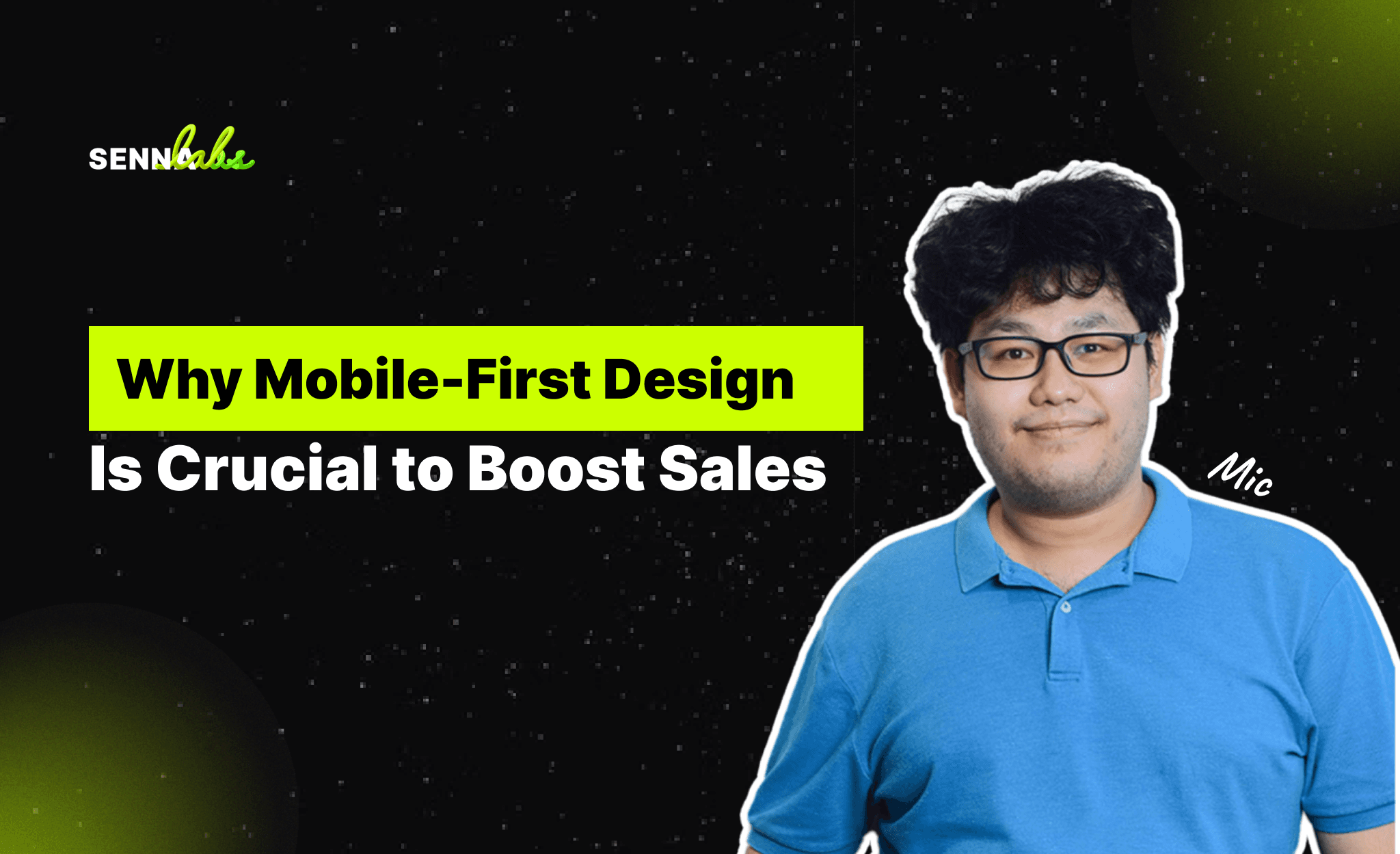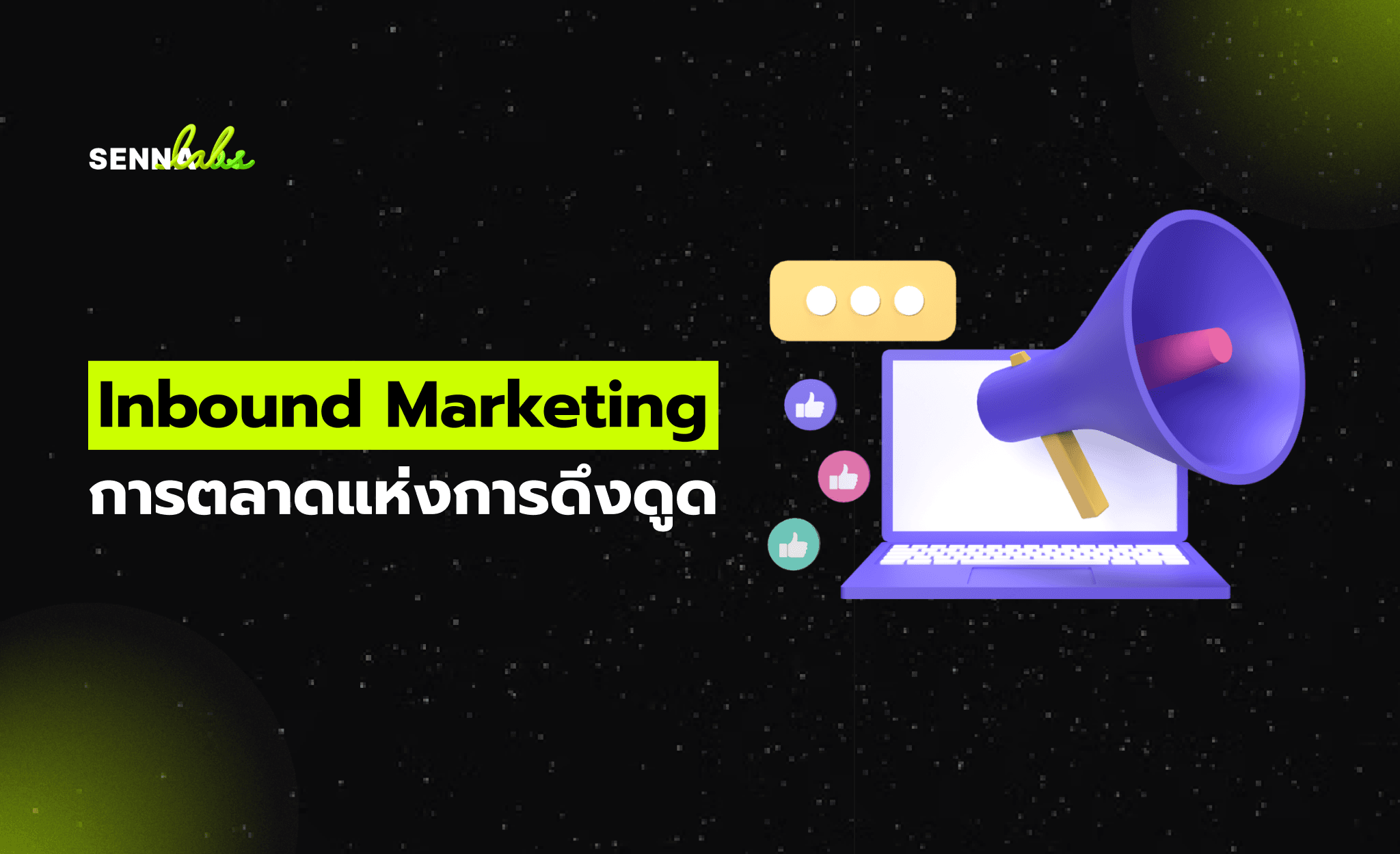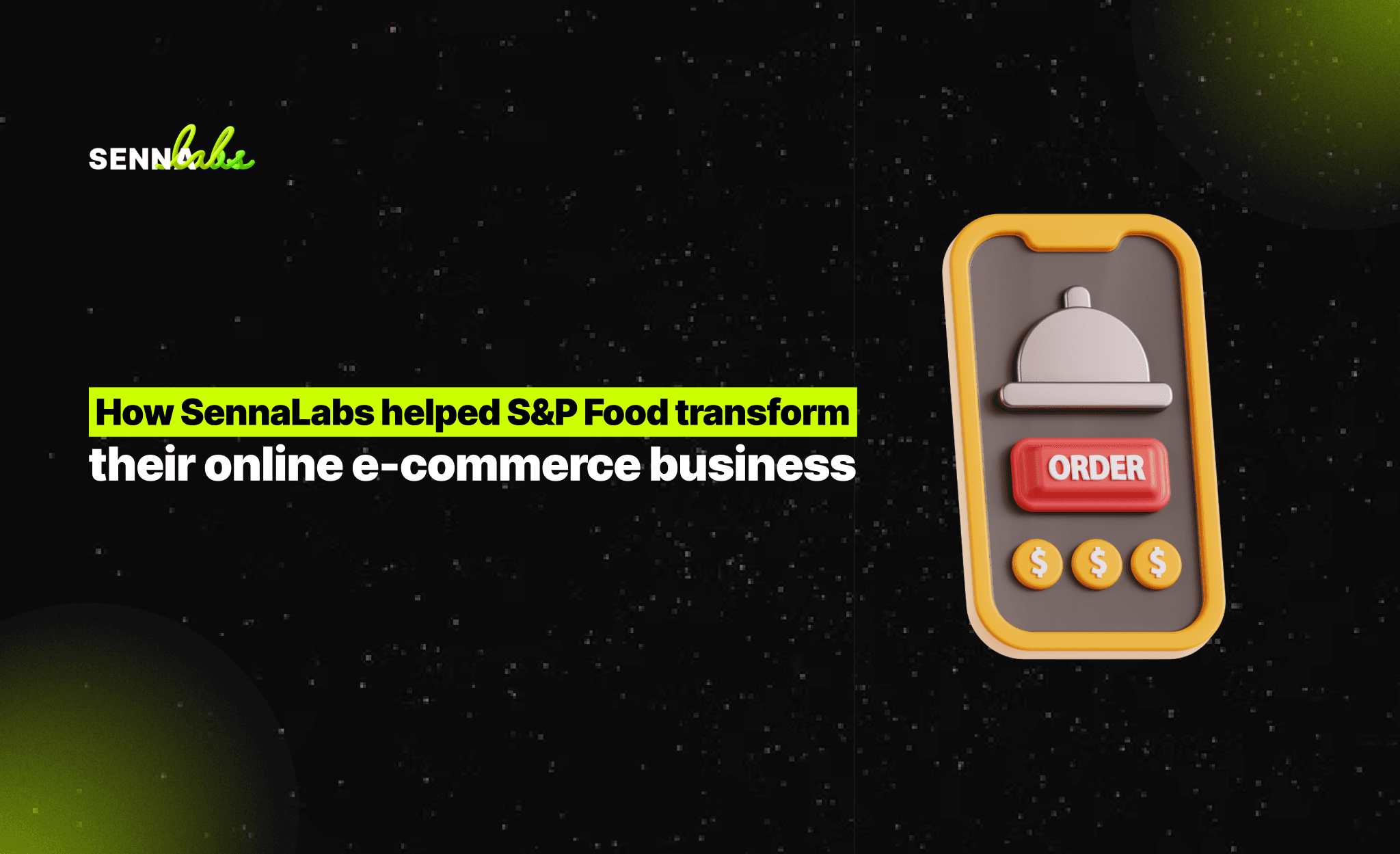Why Mobile-First Design Is Crucial to Boost Sales
Share

As the world increasingly shifts toward mobile, the importance of designing websites and apps with mobile users in mind cannot be overstated. The shift to mobile-first design is no longer just a trend—it is a necessity. With the majority of internet traffic now coming from mobile devices, businesses that fail to prioritize a seamless mobile experience are at a competitive disadvantage.
Mobile-first design refers to the practice of designing a website or application with mobile users as the primary focus, before scaling up the design for desktop screens. This approach ensures that mobile users—who make up a significant portion of online visitors—have an optimized experience. As more people shop, browse, and interact on mobile devices, a mobile-first design is a powerful strategy for improving user engagement, conversion rates, and sales.
In this article, we’ll explore why mobile-first design is crucial for boosting sales, and we’ll look at a real-world case study where an online service platform saw a 30% increase in mobile bookings and a reduction in website abandonment after implementing mobile-first principles.

Why Mobile-First Design Is More Important Than Ever
1. The Growing Mobile User Base
The statistics are clear—mobile is now the primary way people access the internet. In fact, over 60% of global web traffic comes from mobile devices. This number continues to rise as smartphones become even more powerful and ubiquitous. Whether it’s shopping, social media, or content consumption, mobile devices are the go-to choice for many users.
For businesses, this means that if your website isn’t optimized for mobile, you’re missing out on a huge portion of potential customers. The mobile-first approach ensures that your website is built to deliver the best experience to mobile users first, allowing you to meet the expectations of today’s digital consumers.
2. Mobile-First Indexing and SEO Benefits
In 2018, Google officially switched to mobile-first indexing, which means that Google uses the mobile version of a website for ranking and indexing rather than the desktop version. Websites that aren’t optimized for mobile are at a disadvantage because they will rank lower in search results, leading to reduced organic traffic and visibility.
Since page speed and mobile optimization are key factors in Google’s ranking algorithm, a mobile-first design helps you rank higher in search engine results. The more optimized your site is for mobile, the better your SEO performance will be, leading to more traffic and, ultimately, more sales.
3. Better User Experience Equals More Conversions
A slow-loading, clunky mobile site creates frustration and leads to high bounce rates. Studies have shown that if a website takes longer than 3 seconds to load, over 50% of users will abandon the site and move on to a competitor. Mobile-first design focuses on speed, accessibility, and ease of navigation, which are critical elements for enhancing the user experience (UX).
When users have a smooth, intuitive experience on mobile, they are more likely to spend time browsing, engage with your content, and eventually convert. A responsive, mobile-friendly design ensures that visitors can easily interact with your site, fill out forms, view products, and complete purchases—without friction.
4. Simplified Content and Streamlined Navigation
Mobile screens are much smaller than desktop screens, which forces designers to simplify content and streamline navigation. This simplification results in a cleaner, more organized user experience, which makes it easier for users to find what they’re looking for. Mobile-first design involves prioritizing important content and focusing on what matters most to users.
By designing with mobile in mind, you’re also improving the overall usability of your site, which benefits both mobile and desktop users. Users should never have to hunt for information or struggle to navigate a website—whether they’re on their phone or their laptop.
Case Study: Beauty Service Booking Platform Increases Mobile Bookings by 30%
A beauty service booking platform that provided users with the ability to book appointments with hair salons, spas, and beauty clinics was facing a challenge. While the platform had strong traffic, especially from mobile devices, their mobile conversion rate was much lower compared to desktop. After analyzing user behavior, the platform realized that their mobile site wasn’t optimized for user experience, especially in areas like navigation, form completion, and load speed.
The Problem:
-
Slow mobile load times were causing users to abandon the site before completing their bookings.
-
Poor mobile navigation made it difficult for users to quickly find and book services.
-
Mobile forms were lengthy and required excessive scrolling, which discouraged users from completing their bookings.
The Solution:
-
The platform adopted mobile-first design principles to optimize the website for mobile users before scaling up to desktop.
-
The design team focused on simplifying the booking process, reducing the number of steps required to complete a reservation.
-
Mobile-friendly navigation was implemented, making it easier for users to find services with just a few taps.
-
The team optimized image sizes and implemented lazy loading to reduce page load time.
-
Forms were streamlined, only asking for essential information, and the design was made touch-friendly for better ease of use on mobile devices.
The Results:
-
Mobile bookings increased by 30% within just one month of launching the mobile-first design.
-
Bounce rates decreased, as users now found it easier to navigate the site and complete bookings.
-
User feedback was overwhelmingly positive, with many commenting on how much faster and easier it was to book appointments on mobile.
-
The platform also saw improvements in desktop conversion rates, as the simplified design worked well across all devices.
This case study clearly demonstrates that by optimizing for mobile first, you can significantly increase engagement, drive conversions, and ultimately boost sales.
Best Practices for Mobile-First Design
1. Prioritize Speed
Mobile users are impatient. Make sure your site loads quickly on mobile devices by optimizing images, compressing files, and minimizing HTTP requests. Tools like Google PageSpeed Insights can help you identify areas for improvement.
2. Simplify Content
When designing for mobile, less is more. Focus on what’s most important to your users and remove unnecessary content. Keep your copy concise and to the point, and prioritize key messages and calls-to-action (CTAs).
3. Optimize Navigation
Mobile users need quick access to information. Use hamburger menus or bottom navigation bars to simplify your site’s navigation. Make sure buttons are large enough for easy tapping.
4. Streamline Forms
Mobile users don’t want to fill out long forms. Simplify the form-filling process by asking for only essential information and using auto-fill options when possible.
5. Test Responsively
Make sure your mobile site looks and functions properly on various devices and screen sizes. Test on different devices to ensure responsiveness and usability.
Conclusion: Mobile-First Design Is Not Optional—It’s Essential
With mobile traffic now dominating the web, mobile-first design is no longer a choice—it’s a necessity for businesses that want to stay competitive. Whether you're optimizing your website for a service platform, an e-commerce site, or any other online service, designing with mobile-first principles ensures that you deliver an optimal experience for your users—leading to increased conversions, improved engagement, and higher sales.
As the case study of the beauty service booking platform demonstrates, adopting mobile-first design principles can have a significant impact on user behavior and conversion rates. By simplifying the user experience, improving performance, and making it easier for users to engage with your site, you can drive more traffic, boost engagement, and ultimately increase your sales.

Share

Keep me postedto follow product news, latest in technology, solutions, and updates
Related articles
Explore all


